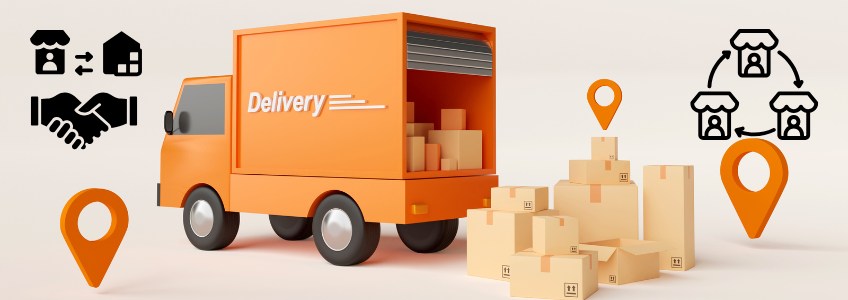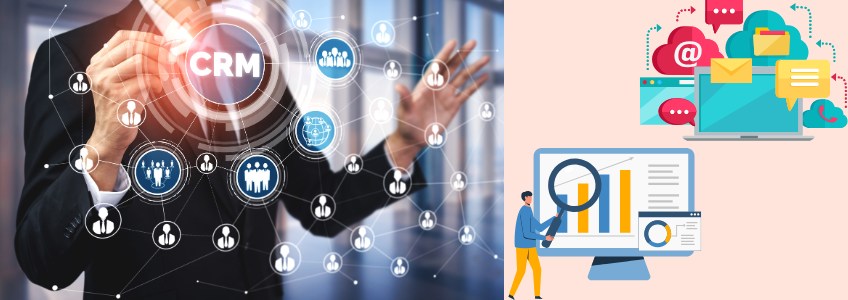
Introduction
The e-commerce and q-commerce sectors have witnessed explosive growth in recent years. However, the path to sustainable success lies in achieving and maintaining profitability. A key metric in this pursuit is the Cost Per Order (CPO).
Reducing CPO is not merely about cutting costs; it’s about optimizing operations, enhancing efficiency, and ultimately driving higher profit margins.
This blog post will delve into the critical strategies for reducing CPO in the dynamic e-commerce and q-commerce landscape.
Optimizing Order Fulfilment

Streamlining Warehouse Operations
- Implementing a robust inventory management system, such as Warehouse Management Systems (WMS), can significantly reduce picking, packing, and shipping times.
- Grouping similar orders together and picking them concurrently can optimize picking routes and minimize travel time within the warehouse.
- Incorporating automation technologies like robotics and automated guided vehicles (AGVs) can automate repetitive tasks, increase accuracy, and reduce labour costs.
Leveraging Technology for Faster Delivery
- Providing customers with real-time order tracking updates enhances transparency and reduces customer inquiries, thereby minimizing customer support costs.
- Utilizing data analytics and machine learning to predict delivery times and optimize delivery routes can improve delivery efficiency and reduce fuel costs.
- Exploring alternative delivery options like drone delivery, robot delivery, and hyperlocal delivery networks can offer cost-effective and faster delivery solutions.
2. Enhancing Supply Chain Efficiency

Building Strong Supplier Relationships
- Building long-term relationships with suppliers can lead to better pricing and more favourable terms.
- Collaborating with suppliers to ensure accurate order fulfilment and minimize returns can significantly reduce costs associated with order discrepancies.
Optimizing Transportation
- Selecting the most cost-effective carriers based on order size, delivery distance, and delivery time requirements.
- Combining smaller shipments into larger ones to leverage economies of scale in transportation costs.
Reducing Returns
- Providing accurate and detailed product information, including high-quality images and videos, can reduce the likelihood of customers returning items due to mismatches.
- While offering easy returns is crucial for customer satisfaction, implementing efficient return processes, such as self-service return portals and prepaid return labels, can minimize associated costs.
3. Leveraging Technology for Cost Optimization

Customer Relationship Management (CRM) System
Implementing a CRM system can help identify high-value customers, personalize marketing efforts, and improve customer retention, ultimately reducing customer acquisition costs.
Utilizing Data Analytics
- Analyzing data on order volumes, delivery costs, return rates, and customer behaviour can help pinpoint areas with the highest cost drivers.
- Utilizing predictive modelling techniques to forecast demand, optimize inventory levels, and anticipate potential issues can proactively address cost challenges.
Embracing Cloud Computing
Cloud-based solutions offer scalability and flexibility, allowing businesses to adapt to fluctuating demand and optimize resource utilization, thereby reducing infrastructure costs.
4. Optimizing Marketing and Sales

Improving Conversion Rates
- Implementing targeted marketing campaigns based on customer preferences and browsing behaviour can improve conversion rates and reduce the cost of customer acquisition.
- Ensuring a seamless and intuitive user experience on both websites and mobile apps can reduce bounce rates and increase conversion rates.
Reducing Marketing Costs
- Utilizing cost-effective marketing channels such as social media marketing, content marketing, and email marketing can reach target audiences at a lower cost.
- Tracking and analyzing the return on investment (ROI) of marketing campaigns can help identify the most effective channels and allocate budgets accordingly.
5. Enhancing Customer Service

Proactive Customer Support
- Providing Self-Service Options like comprehensive FAQs, knowledge bases, and chatbots can reduce the volume of customer support inquiries.
- Proactively communicating with customers regarding order status, potential delays, and any other relevant information can minimize customer frustration and reduce support costs.
Improving Customer Satisfaction
Building strong customer relationships through personalized communication, loyalty programs, and exceptional customer service can increase customer satisfaction and reduce churn.
Conclusion
Therefore, reducing CPO is a continuous and iterative process that requires a multi-faceted approach. This includes optimizing order fulfillment, enhancing supply chain efficiency, leveraging technology, optimizing marketing and sales, and enhancing customer service. By following these measures E-commerce and Q-commerce businesses can significantly improve their profitability and gain a competitive edge in the market.
If you are interested to achieve similar success stories, write to us!
